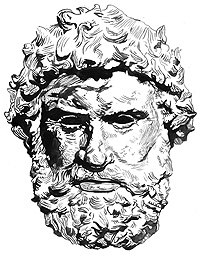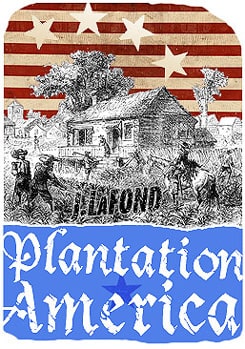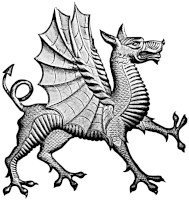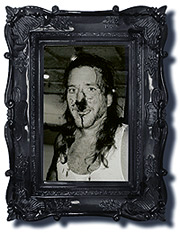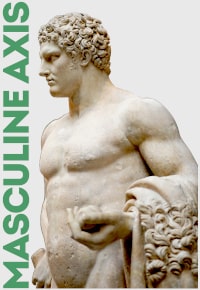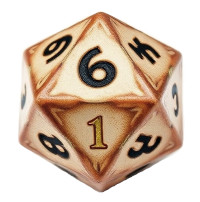April 8, 2025
James,
I hope all is well. I was enjoying your recent podcast with Jeth about berserkers, not only for your flattering words about myself which soothed a head still aching from sparring. I found your investigation of the ‘Berserk’ state throughout antiquity fascinating. I think there is a lot to be said for the ‘trance’ being achieved in multiple ways, and your description of the realm of time and measure which fighters enter in this state was poetic. I was inspired to offer what I know about the Norse Berserker to enrich the conversation.
In Old Norse Berserker can mean “bear shirt” or “bare shirt”, either referring to the totemic animal cult of the indo-europeans or to their habit of going into battle bare-chested. I see no reason that it didn’t refer to both meanings to the people of the Viking Age, who tended to be much less rigid about definitions than moderns.
The cult of the bear is very old in Scandinavian mythology, and one of the greatest heroes of the Saga of Hrolf Kraki is one Bodvar Bjarki,who was able to enter a trance like state and become a bear in battle (I particularly enjoy this depiction of him).
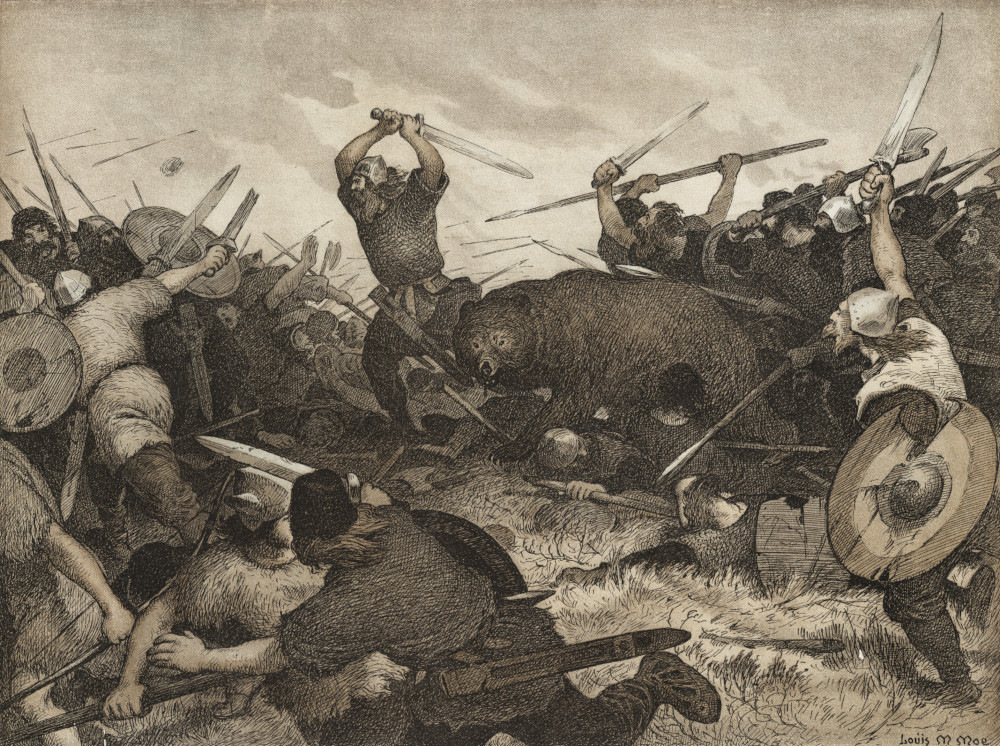
The bear is not the only totem of the berserks, the wolf and potentially the boar are attested by archaeological and saga evidence. It is interesting to note that warriors who we would call berserkers but who wore wolf skins are sometimes called ulfheðnar (wolf-skins). I doubt they were considered differently from the bear-skin warriors; the Germanic warriors depicted on Trajan’s column wear both wolf and bear pelts.
Berserkers are also closely associated with the cult of Odin, the god of fury and frenzy (which dovetails nicely with your idea of the head-god granting special glory to those he has doomed to die, Odin also being the lord of hosts to whom captives were often sacrificed). Berserkers are referred to as ‘Odin’s men’. I believe that Odin was the patron god of Berserkers, and that there was some belief that he gifted them their fury. What allows some men to achieve this versus others I think may have something to do with heritable traits, which would explain the berserks' unique status.
By the viking age berserkers appear in several roles, as elite shock troops, pirates, champions, and marauders. They often show up at a farm challenging a man to a duel over his land or wife, an impossible choice since he will most likely lose to the berserker. It is unclear how much later writing is tainted by Christian animosity for this intensely pagan cult. Berserkers were even outlawed in Norway and Iceland, adding credence to the theory that they were distinct from other men.
The best modern portrayal of the Berserker is in the fantastic film “The Northman”, where they are shown performing a ritual dance where they assume their beast forms, and after the raid are completely drained by the effort of their exertion.
This is largely how I think they must have been; exceptional warriors who exalted a totemic animal cult mixed with the cult of Odin and his frenzy, who through ritual were able to intoxicate themselves into an ecstatic fury in which they did not feel pain or fear bodily harm. Certainly the men you want on your side!
I feel that I have been able to access some lesser version of this in the mosh-pit of death metal concerts, when I have for hours hurled myself at other men without fear of injury, entranced by the furious music, only to wake up the next day unable to move.
Why they do not exist today I sometimes ponder. The nature of modern conflict is not very conducive to a berserk state, where stealth and discipline are key. But I know that elite warriors today have to attune their mental state before they go into combat.
Hopefully you and your readers found this interesting and useful. I look forward to the rest of the podcast series.
James,
Thank you for this.
Last week in Costa Mesa, CA, I coached at the American Gym under the eye of Coach Drexler, an MMA pro who fought in Japan some time ago. In another time, he would have been one of these types. If you are in that area, I’d suggest seeking him out for a private. He’s trained champions.
After this discussion with Jeth I began listening to Xenophon repeatedly for the Alexander project, the Odyssey as well. When sacrificing to God in his manifestation of The Deliverer or the Oath Binder, often based on an earlier promise to that God before battle, the sacrifice was of: a boar, a ram and a bull. In Tarlantia, for a pre-battle curse against Alexander, it was three boys, three girls and three black rams. The Athenians promised Artimus [an angel in Christian parlance] a goat for every Persian killed. But “The Father of Gods and Men,” demanded masculine offerings in the same context.
Odysseus, in consultation with a deceased prophet visited in the Land of the Dead, must make the same sacrifice after traveling so far inland with an oar over his shoulder that some man identifies it as a threshing pole. This indicates an inland origin for the warrior nations who became pirates. Of interest is that the afterlife is found “in The Land of the Midnight Sun,” being Nordic or Arctic, where the Kimmerians have their city. The Kimmerians were the first blond Huns of perhaps 900 B.C. to ride horses rather than use chariots.
There continued depredations in Greek Asia inspired Kallinus of Ephesos to poetry for the men of his city:
[of 21 lines, untitled, adapted from Lattimore]
“How long will you live in ease, and when will you find courage, young men...”
“A man as he dies, should cast his spear for the last.
It is a high thing, a bright honor...”
“When it is ordained that a man dies, there is no escape from death, not even for one descended from deathless gods...”
“Great and small mourn the slain hero...”
“He acts as an army, though one man.”
This came true for Promachus of Pellenes in about the 390s B.C. when he broke the Corinthian shield wall, though he lived. But to accomplish such a thing, being resigned to die is a precondition for success. Letting go of life in combat is like slipping a leash, to be unleashed from social and mortal concerns, and set upon those still fettered to their petty desires and safety. This is the subtext of Odysseus and his few loyalists slaughtering hundreds in his wine hall, for which he sacrificed the three masculine animals. The boar tooth helmet of the Iliad and Beowulf echo this, as do the dreams of Charlemagne involving a greyhound defending him against a leopard and a lion. And, do not forget the aegis, the storm shield, stylized as a gray fleece, probably of a ram, rather than a simple goat. The aegis may well have been inspired by cataclysmic events. However, the storm shield is employed by blue-eyed Athena [a Valkerie/angel] who alone among the minor powers of heaven does not need instruction from God but knows his will, therefor being an aspect, a “daughter” power. I suggest bull hide shields, boarhead helmets and fleece cloaks as intermediate artifice adopted by the semi-domesticated but still heroic descendants of the first Arуans, something between the lion skins worn by Herakles, Polydamas and Dioxiphos [all murdered by dastard plots] and the red cloaks of their more civilized descendants.
I am inclined to read Norse source translations for congruent threads with the Hellenic.
For now I must concentrate on the functional artifice in Xenophon’s Anabasis for clues to deeper things.
I cannot shake the feeling [not a thought] that the Agrianes, Alexander’s most loyal troops, though allied, some 60 times, attacked more numerous and often heavy armed enemies, head on, though light troops themselves. Against a tribe that had remained unconquered they were reported to have “yielded nothing.” Their use by Alexander was like that of Messach Browning with his dog, circa 1800. With a single loyal dog, Messach would slay wolves, bears, cougars and panthers with a knife, mounting their backs while his outmatched dog locked jaws with the beast. Semi-barbarian troops of their time typically wore fox caps and wolf skin mantels. These, I think, were not mere ornamentation.
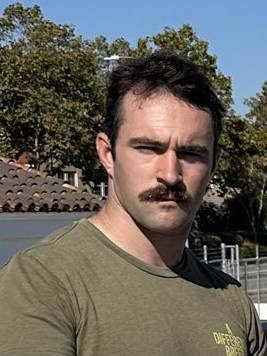
James Andersen, author
www.jamesRandersen.com
www.jamesRandersen.com


